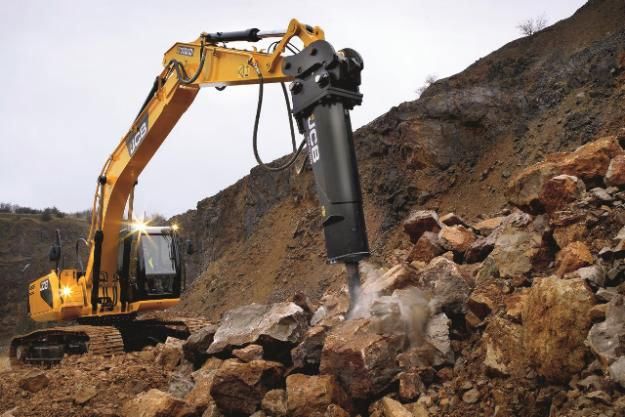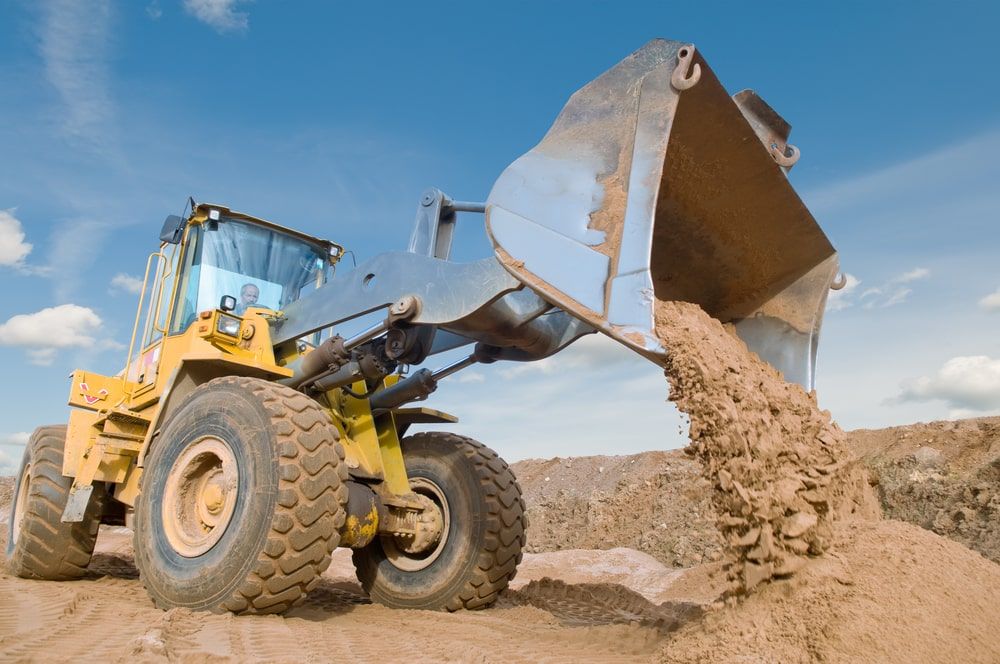Comprehensive Expedition: The Scientific Research Behind Superior Excavation Practices
From ancient hand tools to modern-day hydraulic excavators, the development of excavation methods has been a testament to human resourcefulness and technological advancements. What really establishes premium excavation practices apart is a deep understanding of geological principles, combined with the usage of cutting-edge tools and methodologies.
Development of Excavation Strategies
Throughout background, the development of excavation techniques has played a critical role beforehand building and construction techniques and archaeological explorations. From the primary tools used by our ancestors to the sophisticated machinery utilized in modern times, the progression of excavation methods has actually dramatically changed how we come close to different projects.
In old times, manual work with standard tools such as pickaxes, shovels, and wheelbarrows was the primary technique of excavation. This labor-intensive procedure restricted the deepness and extent of excavations, typically resulting in slow-moving progress and limited accessibility to certain sites. As worlds advanced, so did the techniques and devices used for excavation.
The Industrial Change noted a transforming factor in excavation practices with the intro of steam-powered equipment. In contemporary times, technology plays a pivotal function in excavation, with developments like General practitioner systems, drones, and 3D scanning boosting precision and effectiveness in the area.
Duty of Innovation in Excavation

The integration of cutting-edge modern technology has actually essentially changed the area of excavation, improving accuracy and performance to unprecedented degrees - septic ohio. One of the vital technical innovations that has substantially influenced excavation techniques is the use of GPS systems.
Additionally, the advent of 3D modeling and simulation software program has structured the preparation process for excavation jobs. Engineers and operators can now imagine the whole excavation procedure prior to breaking ground, identifying potential obstacles and optimizing process. In conjunction with this, the execution of drones in excavation activities has actually helped with aerial surveys, volumetric dimensions, and site assessments with unrivaled speed and accuracy.
Geological Principles in Excavation
An understanding of geological concepts is important for making certain the structural honesty and stability of excavation sites. Geological aspects play a crucial role in establishing the feasibility and safety and security of excavation projects.
Additionally, the geological framework of the area, including faults, cracks, and rock formations, must be very carefully assessed to identify possible risks and difficulties. Excavating near geological fault or unsteady rock developments can lead to instability and possible risks. By carrying out extensive geological surveys and evaluation, designers and excavators can develop strategies to alleviate risks and guarantee the effective completion of excavation projects. Ultimately, integrating geological principles into excavation methods is critical for achieving risk-free, reliable, and sustainable outcomes.
Latest Devices for Excavation
In the realm of excavation practices, contemporary advancements in devices have changed the performance and accuracy of excavation procedures. Among the most up to date devices making waves in the sector is the use of drones furnished with sophisticated imaging innovation. These drones can provide detailed airborne studies of excavation sites, providing real-time data on topography and prospective dangers. This info aids in far better planning and decision-making throughout the excavation procedure.
Another cutting-edge tool obtaining appeal is the implementation of 3D printing innovation for producing custom-made excavation equipment. This enables the manufacturing of specialized devices that are tailored to the particular needs of a job, enhancing effectiveness and decreasing downtime.
Furthermore, innovations in products scientific research have led to the advancement of more powerful and more long lasting excavation devices. lancaster excavation. Tungsten carbide-tipped excavator attachments, as an example, offer remarkable performance in challenging ground conditions, improving performance on-site
Scientific research's Influence on Excavation Practices

Furthermore, clinical research on dirt technicians and geotechnical engineering has actually given valuable insights into dirt behavior, enabling excavation professionals to make enlightened choices concerning excavation techniques and dirt stabilization strategies. Overall, science continues to drive advancement and renovation in excavation methods, making excavation tasks extra effective, affordable, and sustainable.

Verdict
To conclude, the development of excavation techniques has been significantly affected by innovations in technology and a deeper understanding of geological concepts. The current devices and devices made use of in excavation have improved efficiency and accuracy in the field. The application of scientific knowledge has actually significantly improved excavation methods, causing extra efficient and sustainable approaches for excavating various sorts blog here of materials.
In the realm of excavation methods, contemporary developments in tools have reinvented the performance and accuracy of excavation processes. By leveraging clinical concepts, the excavation market has been able to significantly enhance effectiveness, precision, and safety and security in excavation procedures. GPR permits excavation groups to non-invasively scan and map subsurface read this article frameworks, energies, and potential dangers, allowing them to plan excavation projects with better accuracy and reduced danger of accidents.
Additionally, clinical study on soil technicians and geotechnical design has provided valuable insights into dirt actions, permitting excavation specialists to make informed choices pertaining to excavation methods and soil stabilization strategies. Generally, scientific research proceeds to drive advancement and enhancement in excavation techniques, making excavation projects more effective, affordable, and sustainable.